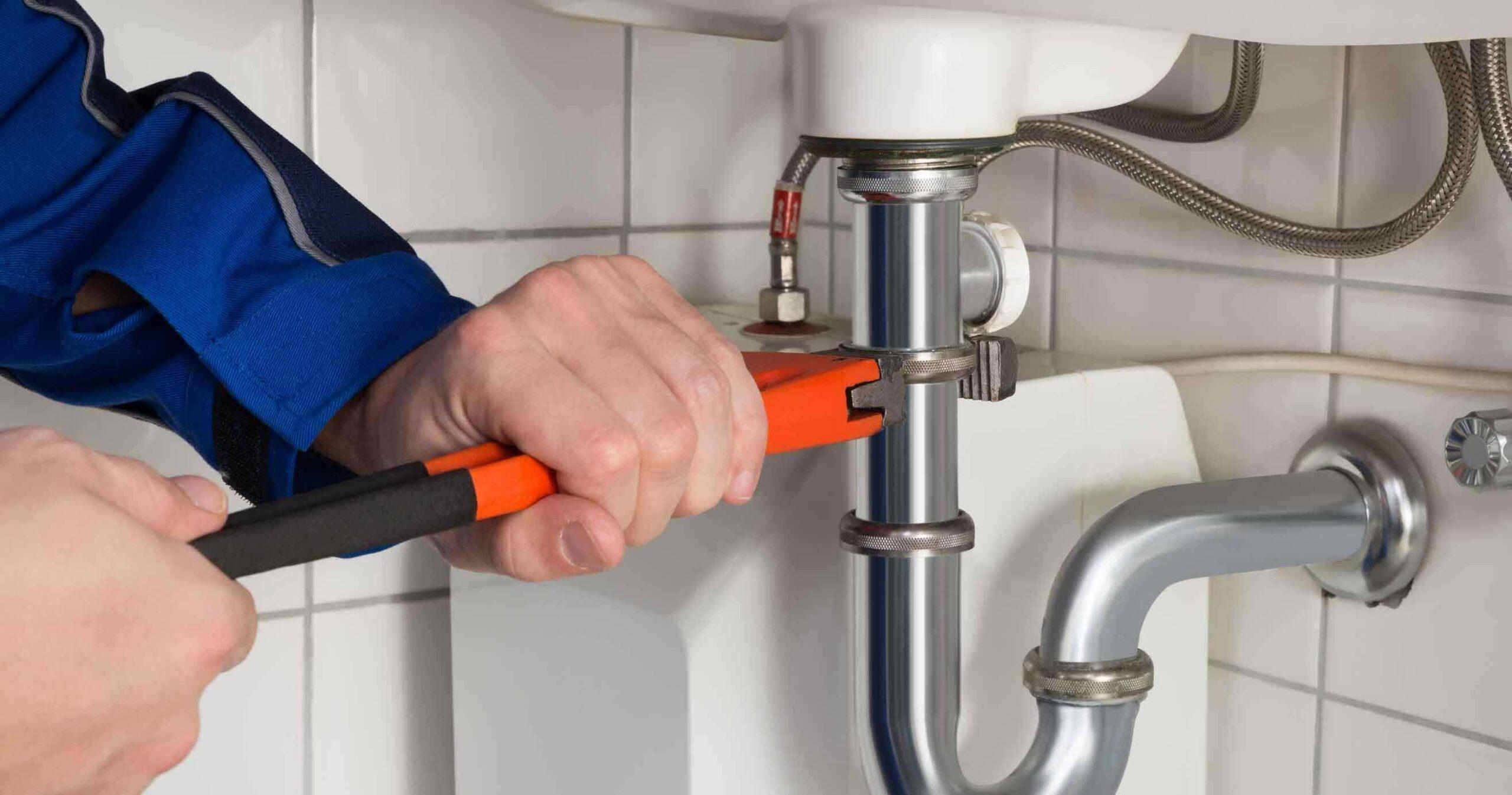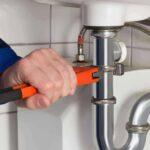Leak repair is a critical aspect of maintaining the integrity and functionality of various structures, be it in residential, commercial, or industrial settings. Whether it’s a leaky roof, a plumbing issue, or a leak in a water storage system, addressing leaks promptly is essential to prevent damage and potential hazards. In this comprehensive guide, we’ll explore the different types of leaks, how to identify and locate them, and effective strategies for leak repair.
Types of Leaks
Roof Leaks:
Roof leaks are a common issue, especially in older buildings or those with inadequate roofing materials. Identifying a roof leak may involve inspecting for water stains on ceilings, damp spots on walls, or even visible water dripping. Locating the source of a roof leak can be challenging, as water can travel along beams and rafters before manifesting as a visible issue inside the structure.
Plumbing Leaks:
Plumbing leaks can occur in various places, such as pipes, joints, faucets, and toilets. Signs of a plumbing leak include water stains, mold growth, or a noticeable increase in water bills. Locating the exact source of a plumbing leak may require inspecting visible pipes, checking for dampness, and using specialized equipment like moisture meters or thermal imaging cameras.
Appliance Leaks:
Appliances like washing machines, dishwashers, and refrigerators can develop leaks over time. These leaks may result from damaged hoses, worn-out gaskets, or faulty connections. Regular maintenance and inspections of appliances can help identify potential issues before they escalate into significant leaks.
Foundation Leaks:
Foundation leaks can be particularly problematic, as they can compromise the structural integrity of a building. Signs of a foundation leak include damp basements, cracks in the foundation walls, or uneven settling of the structure. Identifying and repairing foundation leaks often require professional expertise and may involve solutions such as waterproofing, drainage systems, or foundation repairs.
Identifying Leaks
Visual Inspection:
Conducting a visual inspection is the first step in identifying leaks. Look for visible signs of water stains, discoloration, or dampness on ceilings, walls, and floors. Pay attention to areas around windows, doors, and vents, as these are common entry points for water.
Use of Tools:
Employing tools like moisture meters, thermal imaging cameras, and infrared thermometers can aid in identifying hidden leaks. These tools can detect changes in temperature and moisture levels, helping pinpoint the source of leaks behind walls or in concealed spaces.
Water Testing:
In cases where the source of a leak is challenging to identify, water testing can be employed. This involves introducing water into specific areas, such as roofing seams or plumbing connections, and observing for leaks. Water testing is a method often used by professionals to diagnose hard-to-find leaks.
Locating Leaks
Roof Leak Detection:
Identifying the source of a roof leak may involve inspecting the roof for damaged or missing shingles, checking flashing around chimneys and vents, and examining the condition of seals around skylights. In some cases, professional roofers may use water testing or employ drones equipped with thermal imaging cameras for a comprehensive assessment.
Plumbing Leak Detection:
Locating plumbing leaks may require a systematic approach. Start by inspecting visible pipes for signs of corrosion, rust, or moisture. Use a pressure gauge to check for fluctuations that may indicate a leak. Infrared technology can be employed to detect temperature changes associated with water leakage.
Appliance Leak Detection:
For appliance leaks, inspect hoses, seals, and connections regularly. Check for any visible signs of water around and under appliances. Some appliances may have built-in leak detection systems that can automatically shut off water flow in case of a leak.
Foundation Leak Detection:
Foundation leaks may be challenging to locate, and professional assistance is often recommended. Techniques such as soil moisture testing, ground-penetrating radar, or the use of specialized cameras can help identify the extent and location of foundation leaks.
Leak Repair Strategies
Temporary Fixes:
In emergencies, implementing temporary fixes can help prevent further damage until a permanent solution is applied. This may include using sealants, waterproofing compounds, or patching materials to stop the immediate flow of water.
Roof Repair:
Roof leaks can be addressed by replacing damaged or missing shingles, repairing flashing, and sealing gaps around vents and chimneys. In severe cases, a complete roof replacement may be necessary.
Plumbing Repairs:
Plumbing leaks often require fixing or replacing damaged pipes, joints, or fittings. In some cases, a simple pipe patch may be sufficient, while more extensive repairs may involve re-piping or replacing the affected section.
Appliance Repairs:
Appliance leaks may be resolved by replacing faulty hoses, gaskets, or connections. Regular maintenance, such as cleaning filters and inspecting components, can prevent leaks from occurring.
Foundation Repairs:
Foundation leaks may necessitate waterproofing solutions, such as installing drainage systems, sealing cracks, or applying waterproof coatings. In severe cases, structural repairs may be required to address the underlying issues affecting the foundation.
Conclusion
Leak repair is a multifaceted process that requires careful identification, precise location, and effective solutions. Whether dealing with roof leaks, plumbing issues, appliance malfunctions, or foundation problems, timely and appropriate action is crucial to prevent further damage and ensure the longevity of the structure. Regular inspections, maintenance, and professional assistance when needed can contribute to a proactive approach to managing and resolving leaks.



